Some of you may remember that last year I went to Portugal with made.com to see the two factories where they source their ceramics. Both family-run firms – one of which had employees who had been there for over 30 years.
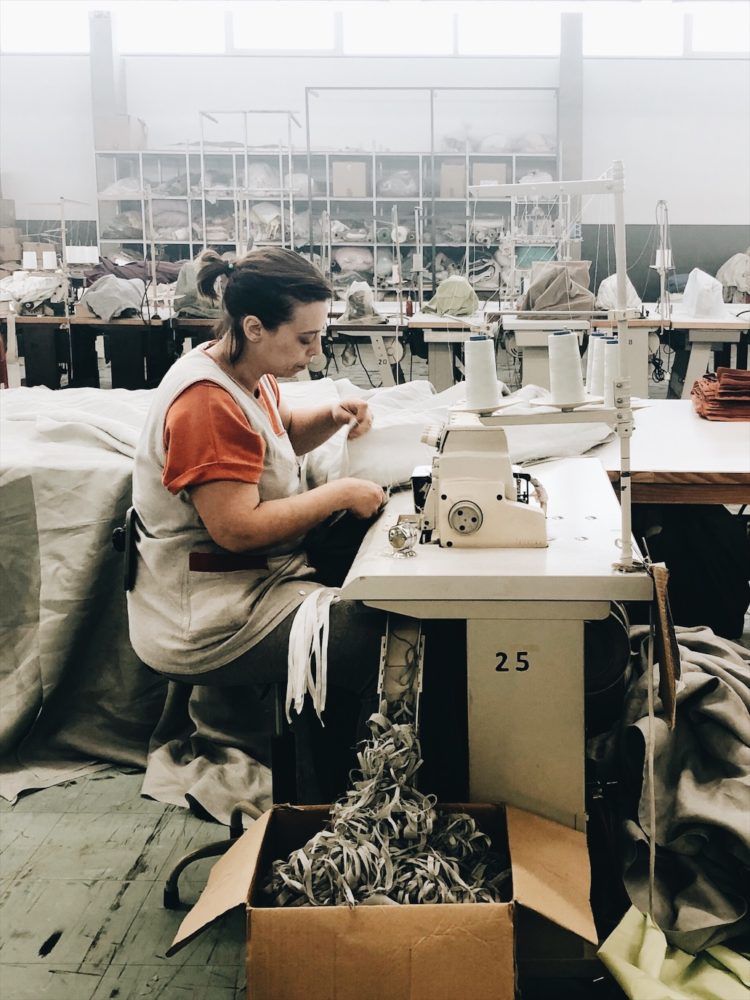
This year we returned – to the north just outside Porto – as the company is about to launch a range of organic cotton bedding and towels and a second range made from bamboo which is a sustainable material.
And the headline for me in this is that both factories that we visited use water from the local river and both, under Government supervision, inspection and guidelines, return it to the river cleaner than when it came out.
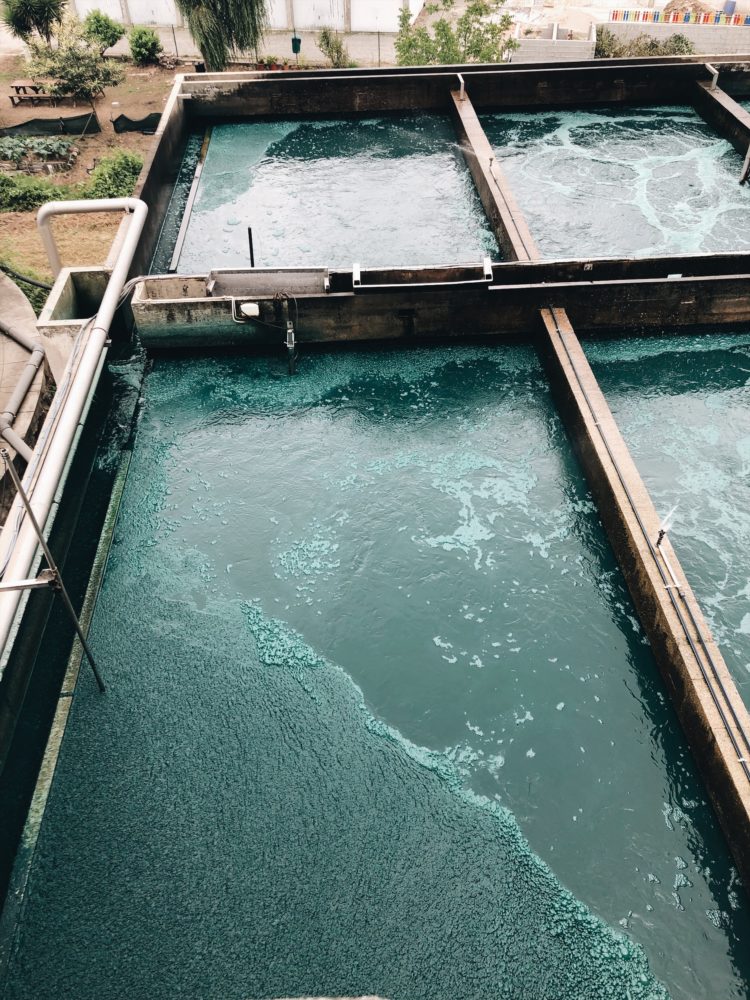
So the first factory, Felpinter, controls all the spinning, weaving and manufacturing. One year ago they bought a cotton plantation in Mozambique to give them more control over what they produce. Eventually that cotton will be organic but they are not there yet. It’s still a learning process and they have just seen the first test batch. Currently they can’t produce all they need but they are working towards that. They have five thousand people working for them and they are working to show them how they can increase production.
The goal is that they will grow and produce all their own yarn so they can be completely in control.
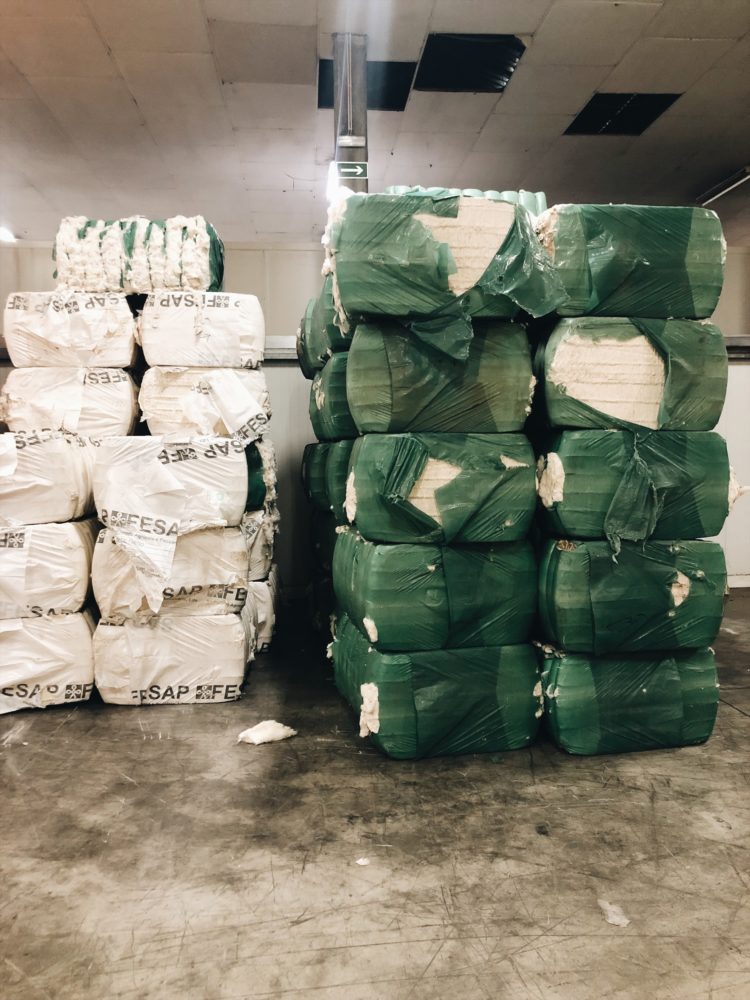
Walking round the factory, there must be no contamination between organic and non-organic. So there are green labels for organic and white for everything.
The raw cotton must first be filtered with a giant hoover-type machine. It’s not unknown for unscrupulous companie to make weight with stones and rocks (another reason for Felpinter wanting to control its own production) so the machine checks it before sending it to the filter.
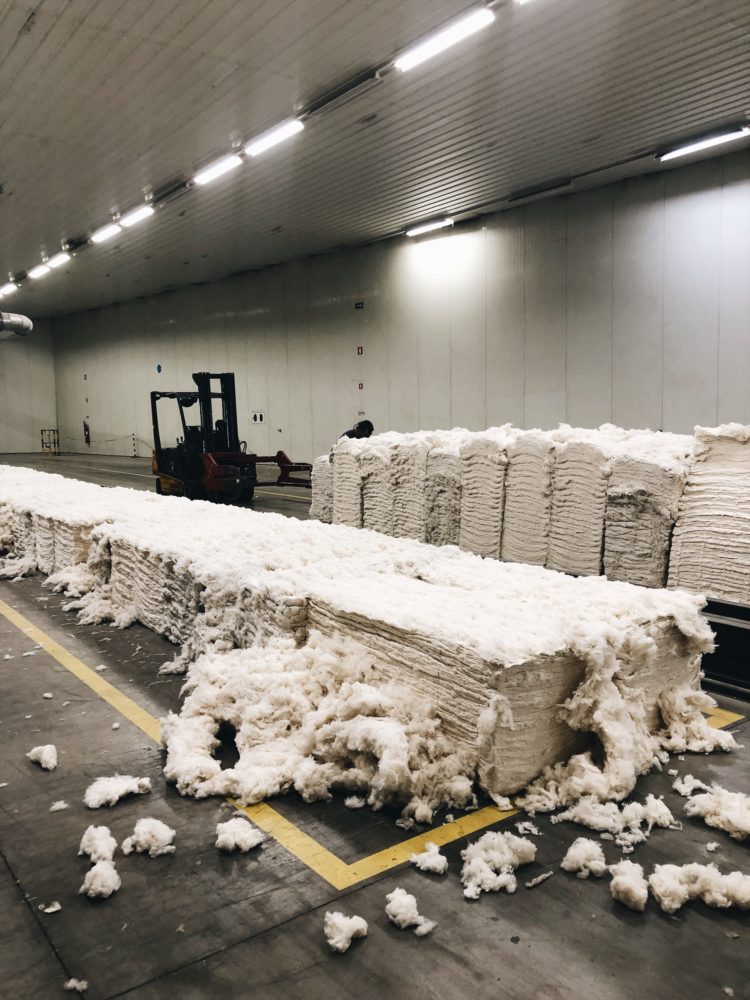
It is then cleaned and spun into thick strands – at this stage it’s unbelievably soft – like thick skeins of the softest cotton wool. From there it is turned into the finer strands that will be woven on the looms.
There are 80 looms – some for organic and some not – there can be no contamination and if, for whatever reason, the machines need to be switched, then everything must be thoroughly taken apart and cleaned.

The finished cloth is then dyed. This used to be done by hand but it’s nasty work. The company has invested in huge machines to do this and they are controlled by computer. The reason for this is twofold – one it’s not nice work for humans and two, young people don’t want to do manual labour. But by investing in computers, they can offer employment to young people who do want to work on computers and that way they don’t lose the area’s youth to the big cities. That, for me, was one of the highlights of the trip learning that. It made such good sense and was so thoughtful and forward-thinking.
The dying, as mentioned earlier uses a lot of water (as does the washing of the cloth) so the water is pre-treated and then re-treated before it goes back into the river.
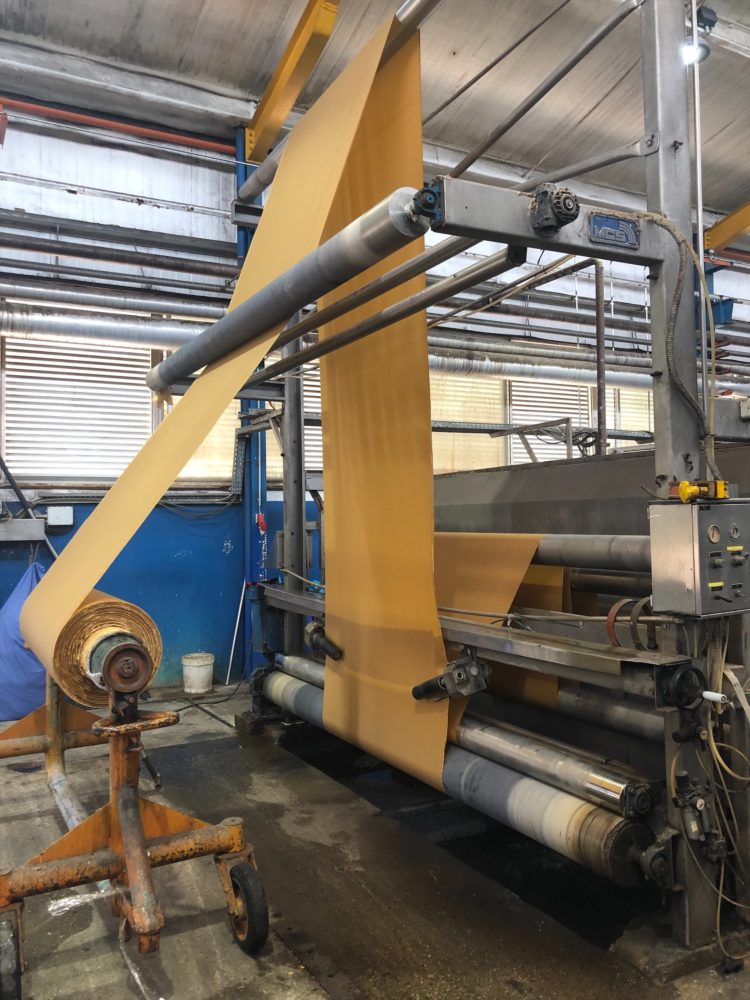
The collection for Made is called The Artist. It launched at the press show earlier this month and will be available to buy from September. There will be bedding and towels, organic cotton and bamboo and also a range made from off-cuts that would otherwise be thrown away.
The second factory we went to works with linen. Made has been selling linen bedding for two years and there is a 50 per cent increase year on year. They source the linen, which comes from flax and is more sustainable than cotton from France and Belgium.
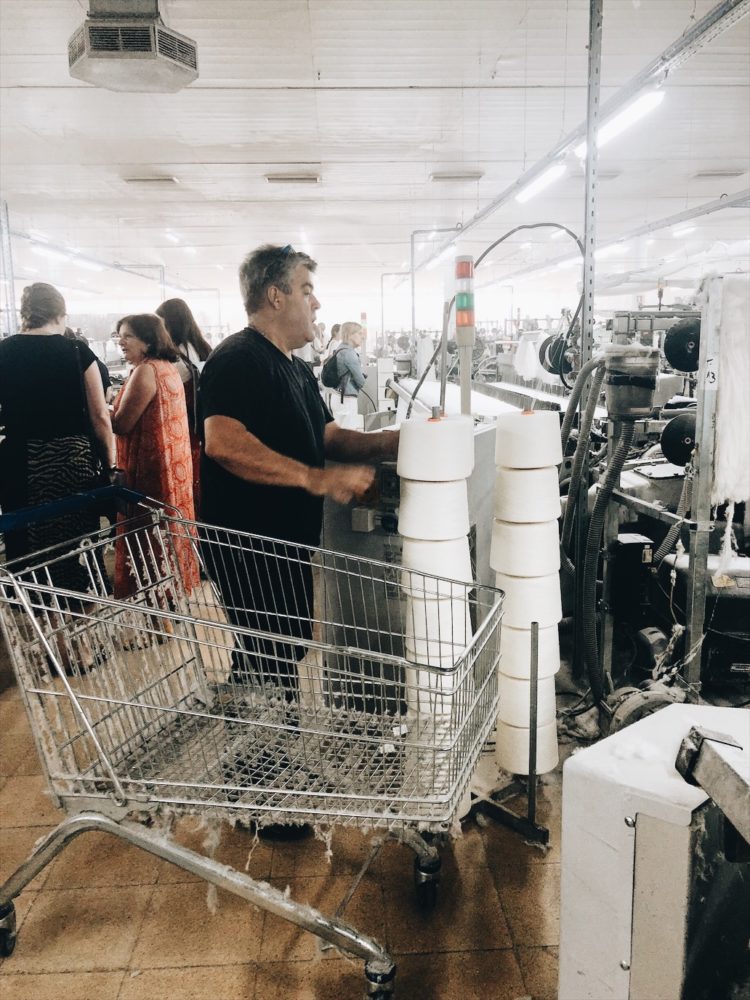
Walking into the factory it’s immediately noticeable that it’s hot and humid and there are misters spraying water constantly. This is because linen must be woven at a temperate of 22C. If it’s too dry the fibres break so the misters are to keep the air moist. If the air becomes too dry the machinery automatically shuts down until the humidity reaches the correct level again.
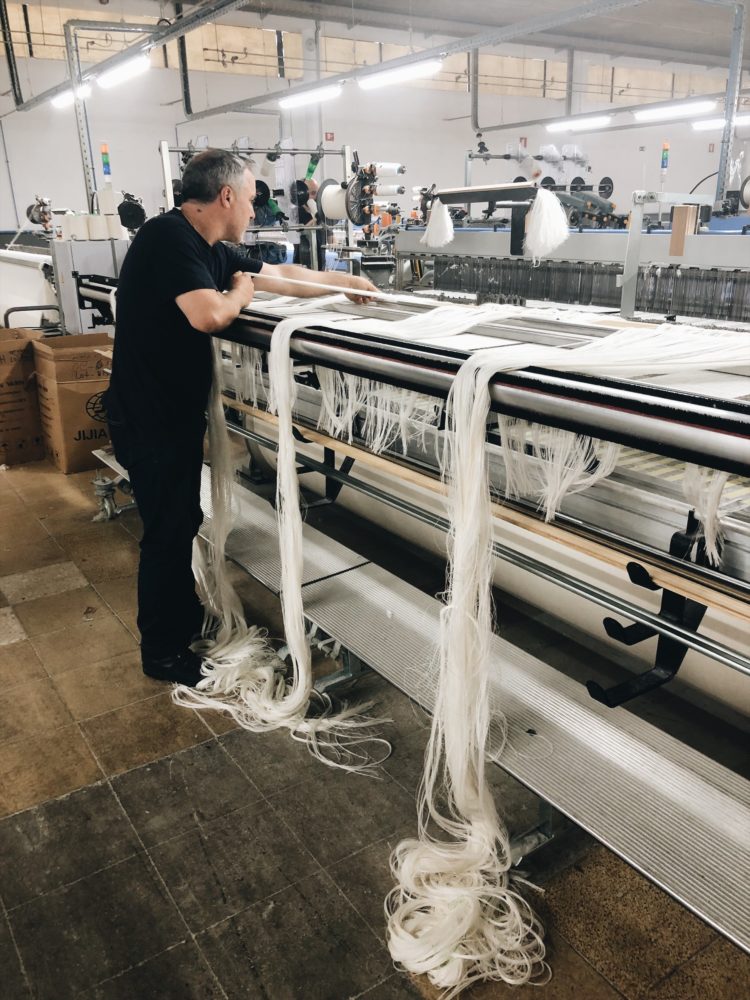
This factory, which also produces bamboo bedding, has 3000 solar panels on the roof which provide 25 per cent of the factory’s needs. Once again the water is cleaned and recycled.
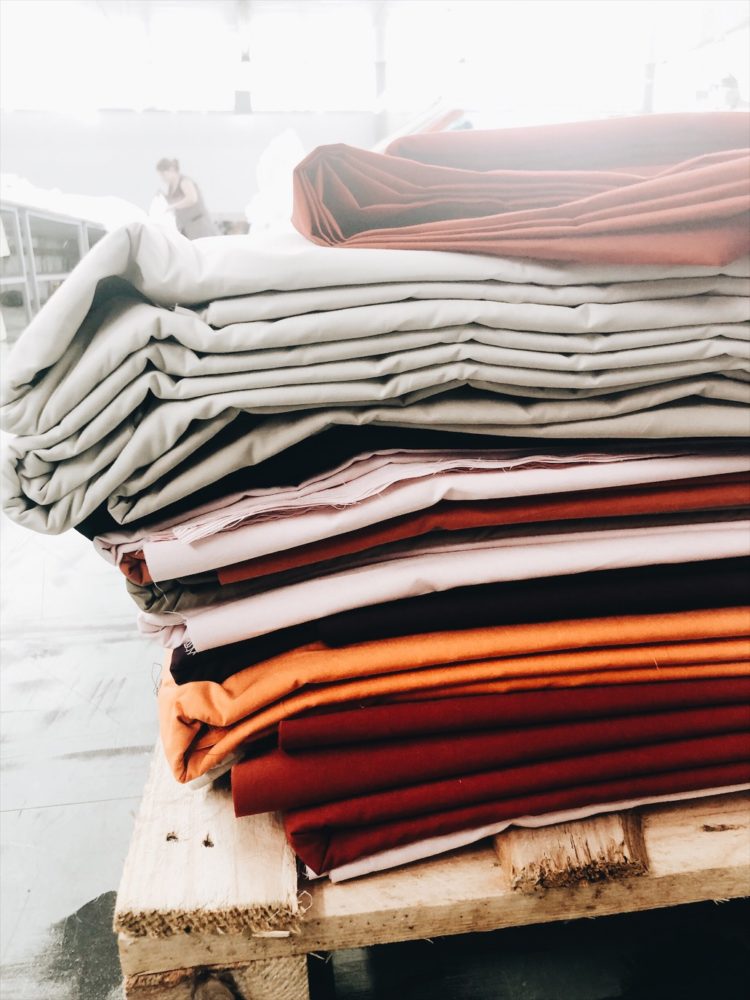
Now I don’t know about you but I haven’t felt any bamboo bedding before but I can tell you that it’s unbelievably soft and light. It’s much more so than linen and is, apparently, also moisture wicking – like linen – so it will keep you cool in summer and warm in winter.
Made will be issuing a sustainabililty report in September, which I will, of course, keep you apprised of, but in the meantime, this bedding certainly fits in with the #dolessharm ethos.
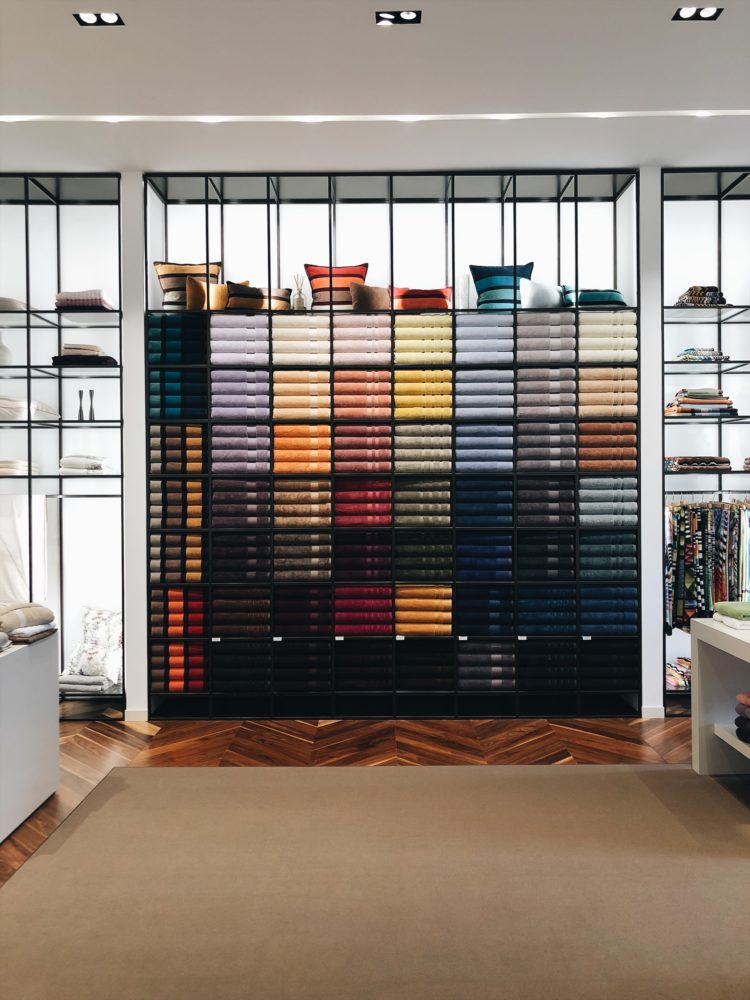

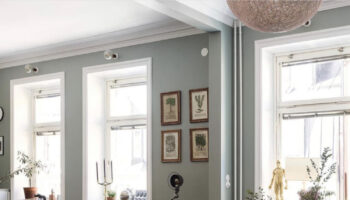
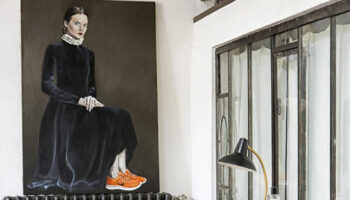
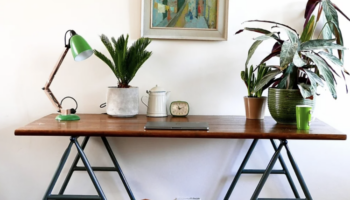

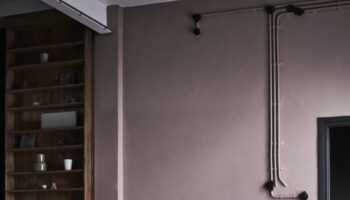
Amazing brand!
I am another Anna, and I would like to tell you about the benefits of pure Bamboo bedding, that perhaps is rarely discussed.
Apparently bamboo bedding fabric deters bed bugs. Sadly not everyone has a responsible landlord and therefore bed bugs prevail. I sincerely hope that low paid renters, can afford bamboo bedding from Made.com
Great post!
Fortunately, there are amazing brands offering Eco-friendly and incredible design – which makes me really happy.
Our Planet is Our Business!
Btw I have just come across Blue Patch (www.bluepatch.org) which is all about promoting sustainable UK businesses including various interiors based companies. The website lists how each company is cutting carbon, reducing waste and helping the environment.
Amazing to hear about all this, how fascinating! I appreciate not all companies are able to do this, but so pleased to hear sustainability, for the environment and socially in the local area, is high on the agenda.
Fantastic. Loved reading about this. Going to look all this up now!
What an informative post -loved reading this -feel better informed and thank you for the information sharing .
I look forward to your posts …………they cheer me up no end and have informed my thinking and decision making re all things interiors’-wise .